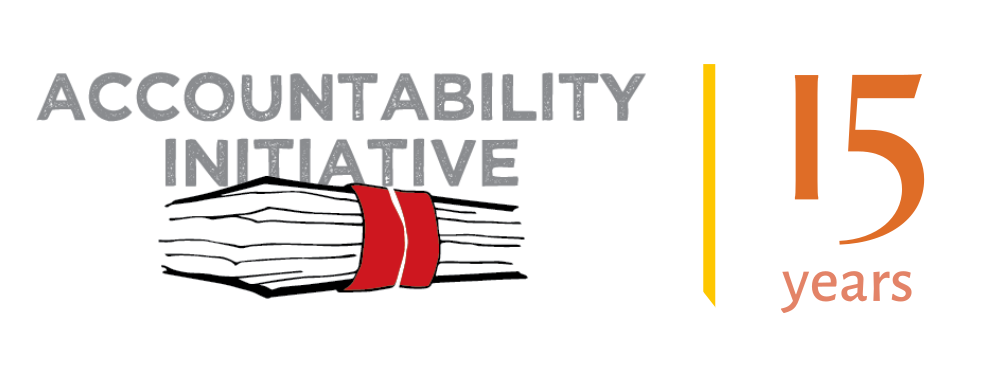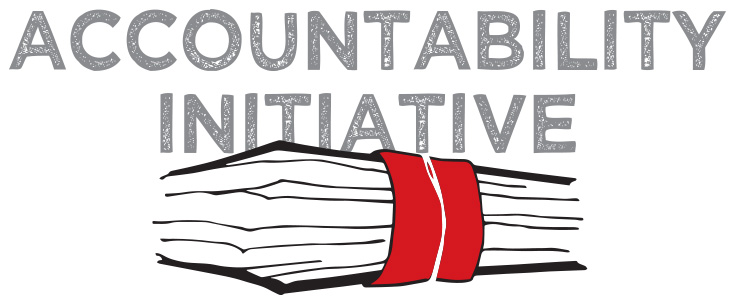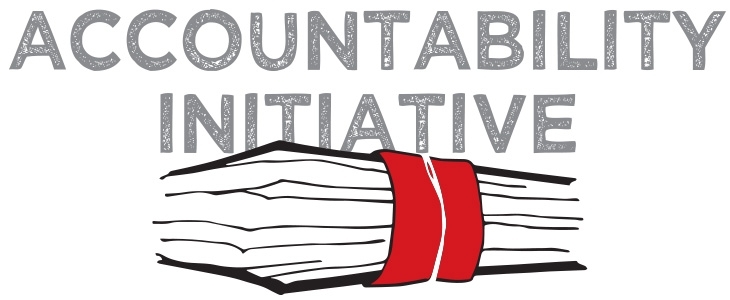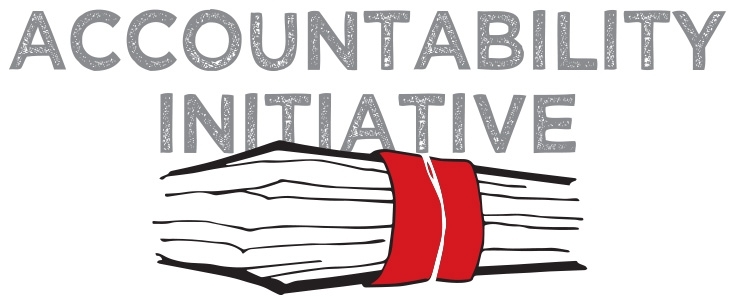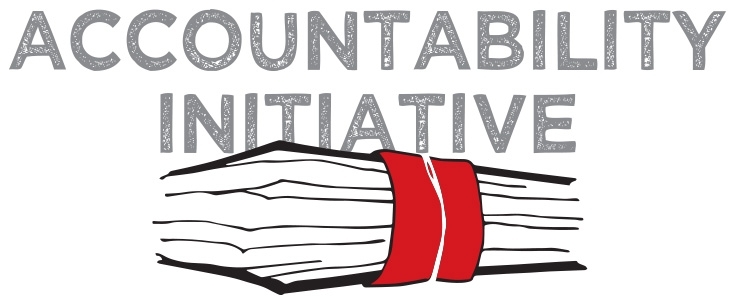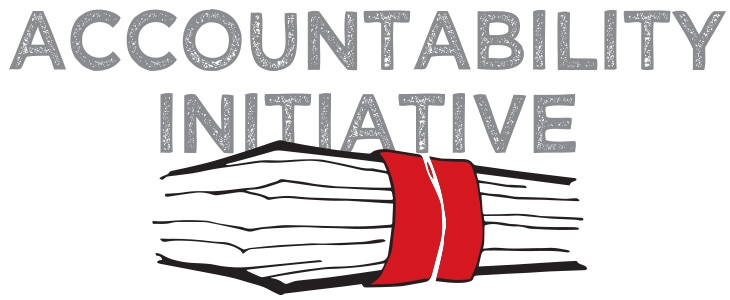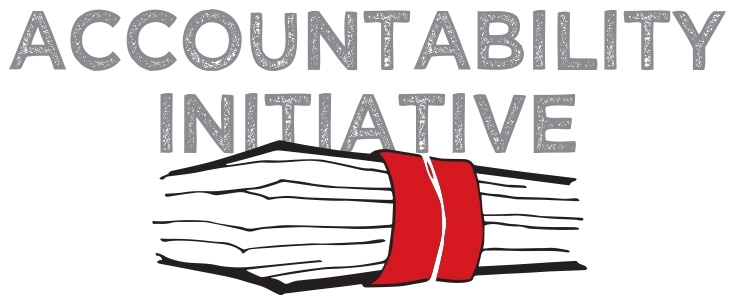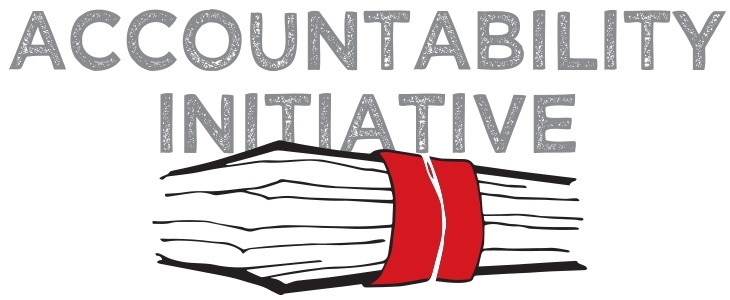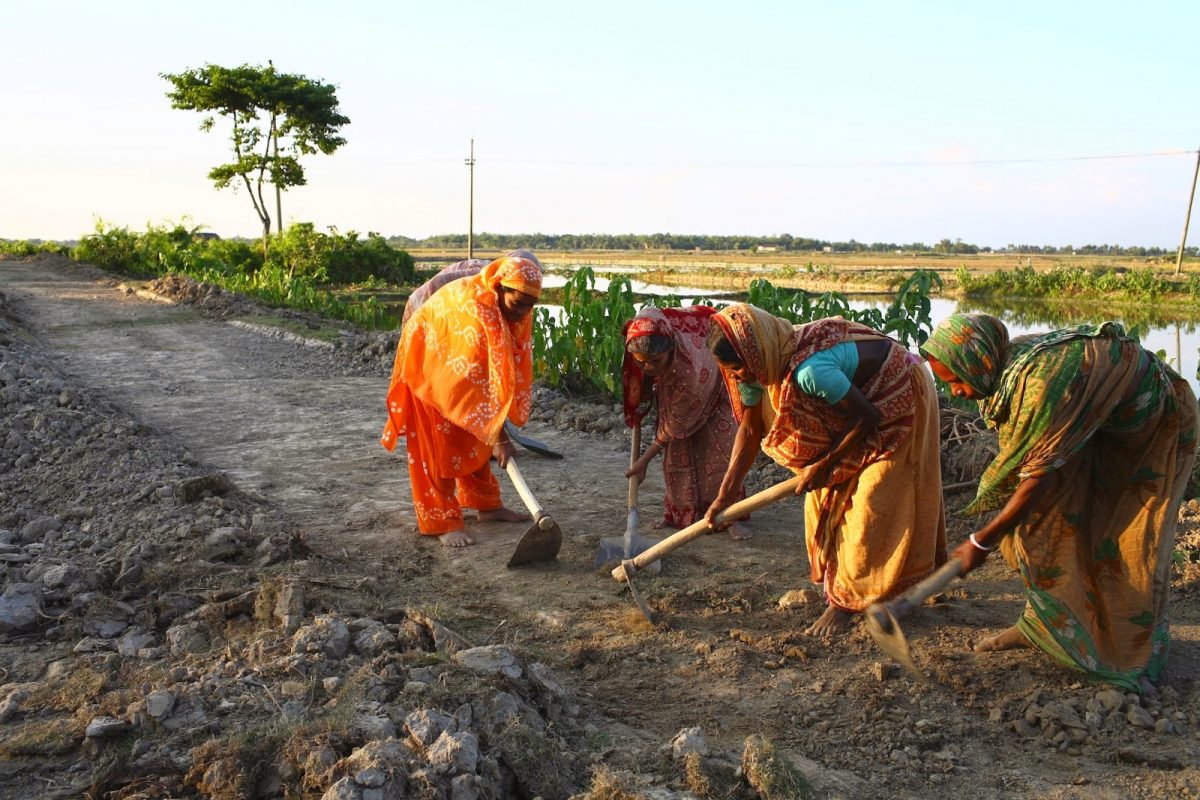Jeffrey Hammer
Checking in on the ongoing Gram Swaraj project in northern Karnataka recently raised a few interesting questions, re-enforced some prejudices of mine and pointed out some trouble spots of which we should all be aware.
The Grama Swaraj Project (GSP) is simple: it gives each Grama Panchayat 5-7 lakhs rupees to do with as it sees fit. The main requirement for spending the money is to make sure a Grama Sabha takes place ahead of the Grama Panchayat meeting that decides what to do with the money. 5-7 lakhs doesn’t sound like much in comparison to, say, NREGA funds (whose use was intended to be decided the same way but, in Karnataka, usually isn’t) but these are often the only untied, fully discretionary funds a GP has. Lots of money flows through a bank account with the GP’s name on it but almost all of that is earmarked for specific uses (they have to pay the teacher, they have to fund the digging of borewells). GSP money can be used for anything except a very short list of forbidden items like religious buildings, guns, drugs and other obvious restrictions.
How’s it going? Well, formal evaluations are currently in progress but I can tell you what I saw and heard while visiting.
First off, there were no complaints about misuse of these funds. Mention NREGA and you’ll get an earful of complaints but mention Grama Swaraj and you’ll hear “oh, that’s working much better”. Now, it is fully possible that GSP involves such small sums that it’s not even worth the trouble for the usual suspects to go after them. A perfectly good question to ask is what would happen if local autonomy were granted for spending substantial chunks of money. The sharks could certainly rise to that bait. But, so far, that hasn’t been an issue.
Second, people seem genuinely pleased to be able to fund items that would be too small for the relevant line ministry to even think about but which make a big difference in the lives of villages. In northern Karnataka, water and sanitation are perennial issues (even before this year’s disappointing monsoon) and these were common areas for the use of these funds.
Third, the technical quality of the work appears to be much higher under GSP than NREGA. Roads that look several years old and are an inch or two thick (checked scientifically by kicking at the edges of the road and seeing what pops up – literally) built within the past few months under NREGA auspices were noticeably worse than those built with the GP’s own money. NREGA funds are supposed to be their own money, too, but no one seemed to feel responsible for how that money was spent. In contrast, money that was perfectly transparent in the amount spent and the purpose to which it was put in GSP yielded solidly built and usable infrastructure.
So, is everything going just fine? Does this devolution of purchasing autonomy solve everything? Well, no – some problems are clearly worth worrying about.
The first is the interference of higher levels of government and bureaucratic processes that, actually, were not allowed under the design of the project. So, for example, one village wanted more public toilets. They figured, given that water was in very short supply, that covered pits were the most appropriate. There are plenty of designs for safe covered pit toilets. However, the Junior Engineer, with support from district health authorities, said they had to have a water-intensive septic tank system. This made the village change their minds (they knew they couldn’t spare the water for this) but they were not allowed to change projects though there is nothing in the program that should have prevented them changing their minds. So there is a lakh’s worth of well constructed but useless sanitation infrastructure sitting in the village. Local decisions were fully accountable. District and state decisions were not. Local discretion could have saved lives from water borne illness. State rules stopped it from happening.
So that I don’t sound too much like an advocate for local autonomy: the second problem is one of “too much” local discretion. Those good GSP roads with proper drainage ditches along the side we saw in a village in Gulbarga district stopped right in front of a little settlement of Scheduled Caste residents. Even with only the light early monsoon rains, the hamlet required stepping carefully to avoid puddles caused by those good-looking roads. The standing water is a health hazard for the SC residents of the village. Local autonomy doesn’t solve the problem of caste. That’s going to require checks and balances between governments than mere devolution of investment decisions won’t be able to handle.
But at least there will be roads in the village for a few years to come.
I’ll get back to you to report whether these observations are supported by systematic research or not. For the time being, it’s food for thought.
Jeffrey Hammer is Visiting Professor in Economic Development at Woodrow Wilson School of Public and International Affairs, Princeton University
